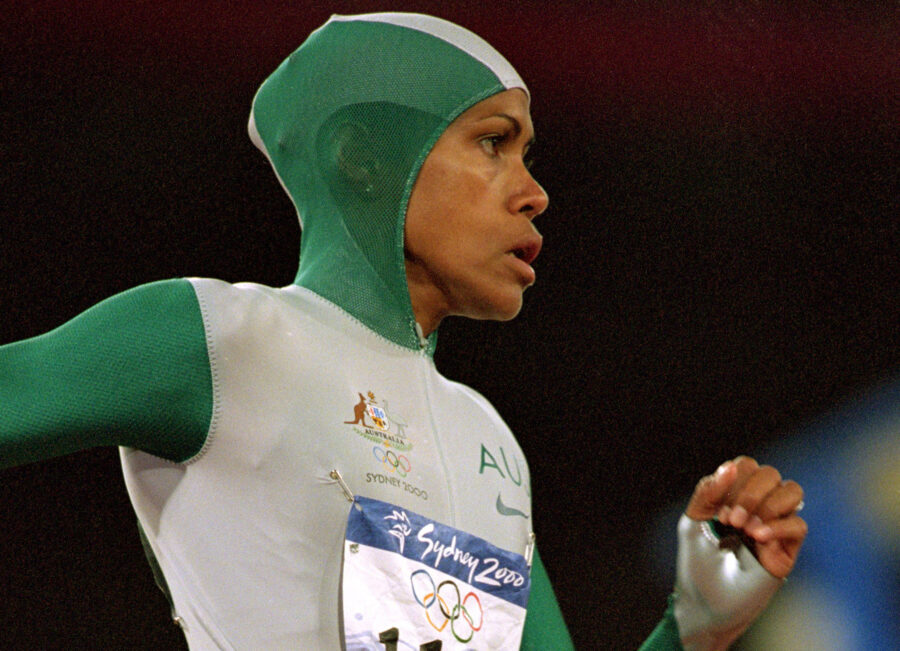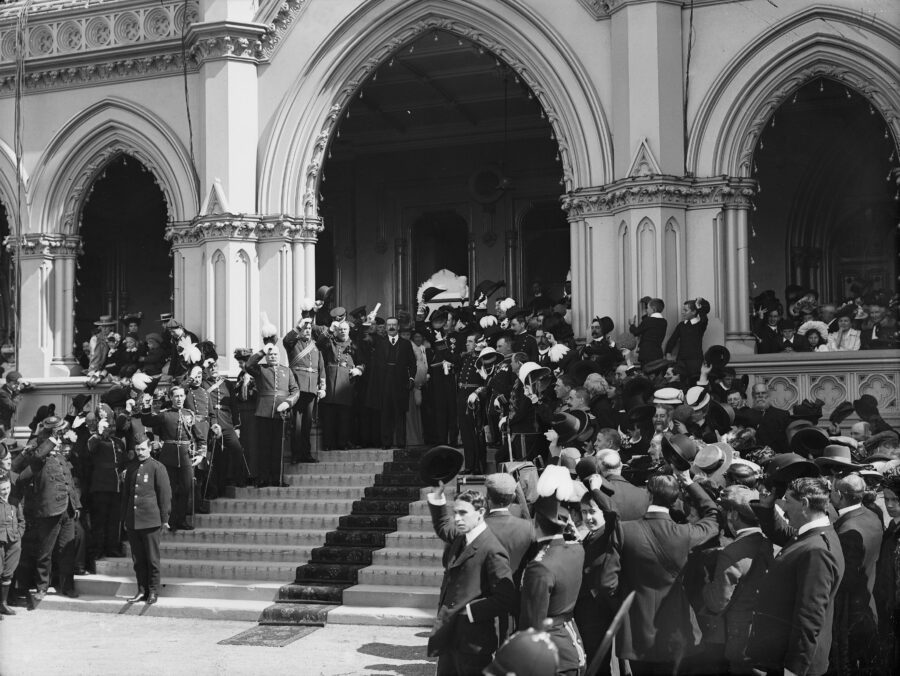On this day: Birth of Australia’s electronics inventor

HENRY SUTTON WAS BORN, in a tent on the Ballarat goldfields on September 4, 1855, at a time when finding better ways to travel and communicate across distances was a critical goal for inventors and scientists.
One of six children, Sutton was educated by his mother and proved a precocious student who became interested in science at a very early age.
At age 15, he designed and built a prototype flying machine – a model ornithopter – who could fly in circles within a circumference of 3.7m. It was the first experiment of its kind in Australia. Sutton’s article on the theory was published in 1878 by the Aeronautical Society of Great Britain, who printed it within their annual report.
Also at age 15, Sutton invented an electric continuous current dynamo that was similar to a device invented in Italy, and later developed by a Belgian inventor who became knows as ‘the father of the electrical power industry’. Both inventors discovered the exact same principles at around the same time.
Inventing the telephone network
After reading about the invention of telephone by Alexander Graham Bell in 1876, Sutton designed and built no less than 20 versions of his own. He installed a network of telephone lines throughout the warehouses and offices of the family business, Sutton’s Music Stores, two years before the first official telephone system was installed in Australia. Bell was impressed enough by his work to visit Ballarat in 1910 to discuss the advances Sutton had achieved.
Without any knowledge of the work of Thomas Edison in the field of carbon lamps, Sutton designed and built an electric lightbulb in 1880. He also invented a mercury air pump and a vacuum pump, and an improved photo printing process, which used a screen to break up the image of a picture. He developed this idea independently, at around the same time that the German inventor, Georg Meisenbach, patented the process in England.
Sutton gained some recognition in Australia by 1882, when he was elected an associate member of the Royal Society of Victoria and the Victorian Institute of Electrical Engineers. He was also appointed Lecturer in Applied Electricity and Magnetism at the Ballarat School of Mines, where he taught from 1883 to 1899.
 Image courtesy Lorayne Branch
Image courtesy Lorayne Branch
Inventing the telephane: precursor to the television
During his period as a lecturer, Henry further developed his most celebrated idea – an early prototype of the television called the ‘telephane’. In 1885, Sutton wrote to the Government Astronomer of Victoria, Mr R.L.J. Ellery, asking him to witness the transmission of a number of still images by telephane. Mr Ellery confirmed that the device worked well. Given that telegraph and telephone lines were not yet powerful enough to transmit moving pictures, this was a remarkable achievement.
In 1890, Sutton went to England and demonstrated the telephane to the scientific community. In 1892, after a meeting with Nikola Tesla, Sutton started working on a theory that would allow him to send images wirelessly. Sutton’s paper on the telephane was published widely, and Scientific American republished it in 1910. Sutton did not patent the telephane, but John Logie Baird used Sutton’s principles to invent television almost 40 years later.
Sutton also built motorcycles and cars. In 1897, he built what is widely believed to have been the world’s first front-wheel-drive car, and patented a combustion engine in 1898.
Inventing the first portable radio
In 1910, according to his biographer and great granddaughter Lorayne Branch, Sutton developed the first ever portable radio. It had a range of 500 yards, and was designed a decade before the first portable radios began to be marketed in America.
Getting recognition for his contributions to the history of invention was challenging, due to Australia’s isolation, but it seems that Sutton was not overly concerned with claiming credit for his ideas. Many of his inventions went on to be patented by others.
Sutton died on 28 July 1912.




